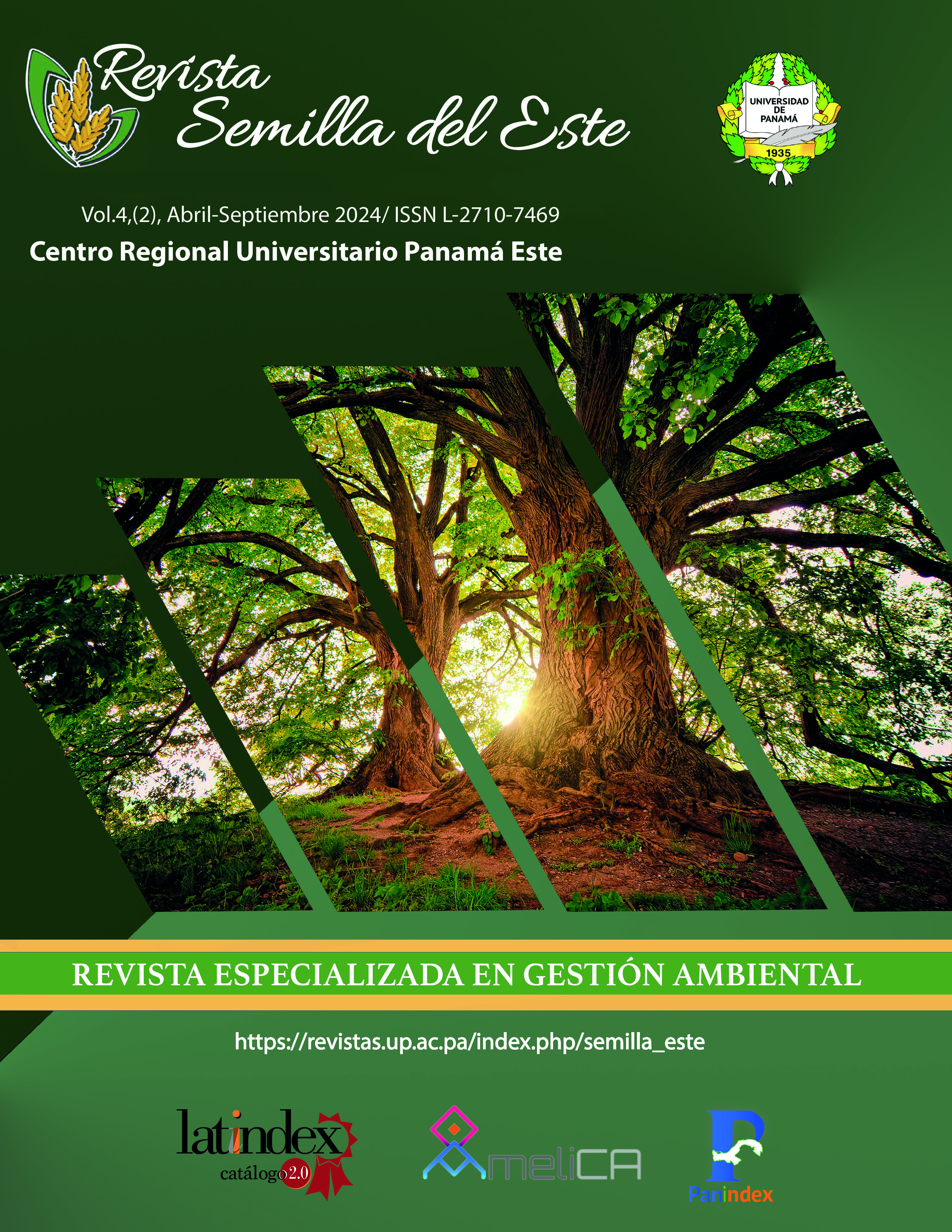


This work is licensed under a Creative Commons Attribution-NonCommercial-ShareAlike 4.0 International License.
The objective of this research is to help improve traditional techniques for the propagation and production of Tithonia diversifolia shoots through the use of phytohormones. For the variable number of first-order roots, there were significant differences between the different levels of substrates evaluated with the control treatment, highlighting that of RADIX 35% TB, at a dose of 1000 ppm of AI, with an average of 133.72 roots per cuttings. The rooting agent that produced the highest average of second-order roots was with the concentration of 1000 ppm of I.A. with 726.17 roots on average. In the cuttings without any rooting application (Control), a reduced formation of second-order roots was evident with very low averages after 45 days of sowing with averages of 59.83 roots. The treatment with concentrations of 750 and 1000 ppm of AI, presented the highest values ??in terms of third order root formation on average with 118.83 and 106.17 respectively. A higher number of bud setting was observed at 1000 ppm concentrations of A.I. with 4.17 buds on average per cuttings. The study allowed us to reach the following conclusions: The use of the rooting inducer improves the initial formation of the root system in the Tithonia plant. The application of the rooting agent at concentrations of 750 and 1000 ppm of I.A. improves the rooting process of Tithonia. The rooting concentrations at 750 ppm and 1000 ppm of I.A. influenced the bud setting in Tithonia and the concentrations of the rooting agent at 1500 ppm of A.I. It caused burning in the cuttings, considerably reducing the growth of the root system.